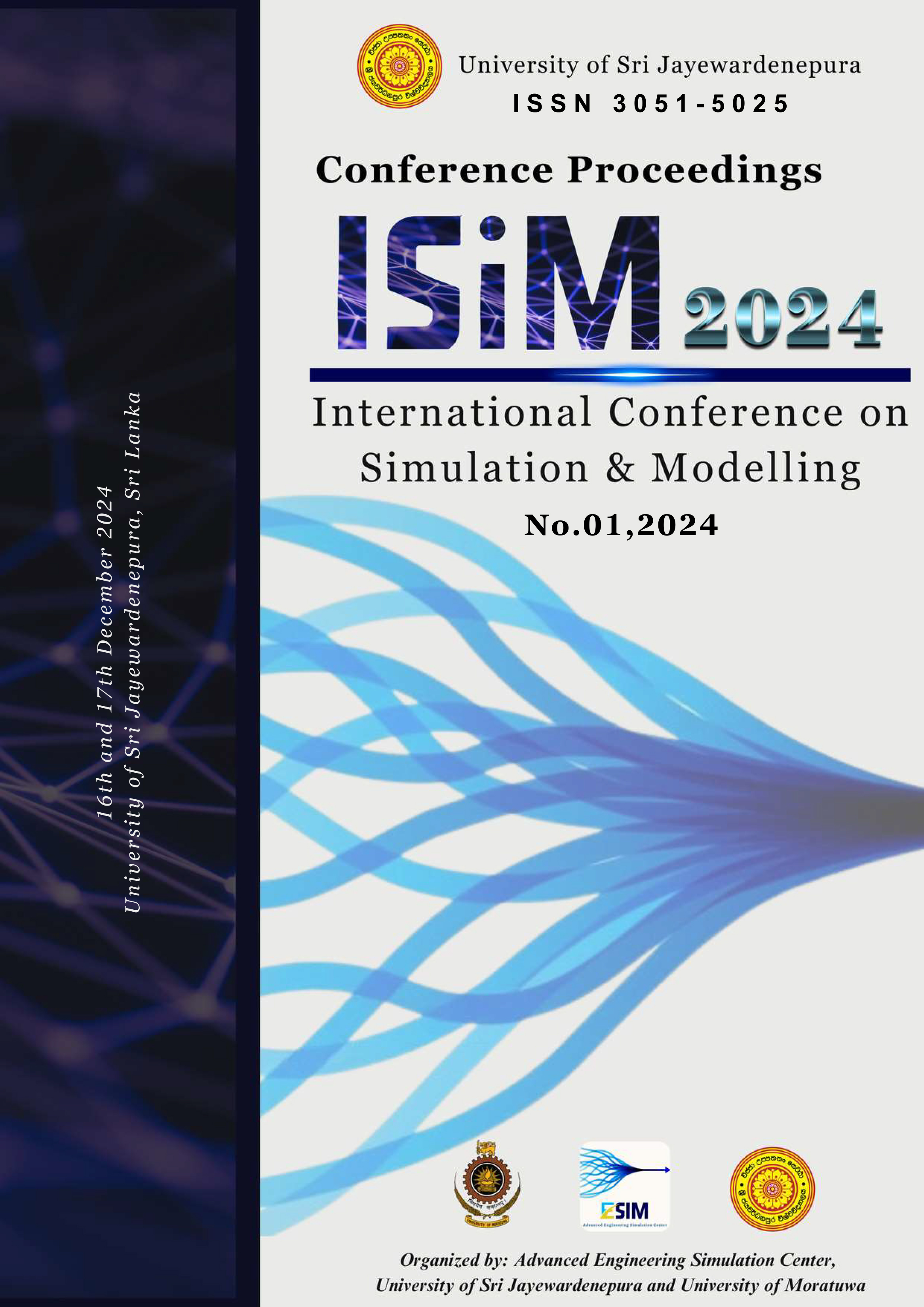Simulation of Electrical Resistivity Tomography (ERT) results to detect the subsurface layers at Thalapathkulama geotechnical investigations
Keywords:
Electrical Resistivity Tomography, Gradient XL, Schlumberger, WennerAbstract
Thalapathkulama is an abandon reservoir in Sri
Lanka. It has been proposed to rehabilitate for the purpose of increasing ground water table inside the forest area and for irrigation purposes. The geotechnical investigations were carried out using both indirect methods and direct methods. Ground Electrical Resistivity Surveys (GERS) were carried out as indirect methods and bore hole drilling were conducted as direct methods of investigation. The results of the GERS were prepared as Electrical Resistivity Tomography (ERT) profiles and they were used to optimize the number of bore holes considering the anomalies shown in ERTs. The Gradient XL method of arrays was used in all of the GERS and additionally another two array methods (Schlumberger & Wenner) were used in one GERS. The results from GERS and borehole data were compared and this paper discusses the comparison of
actual results and simulated results from GERS. The soil layer, weathered rock layer and the hard rock layer were compared with the anomalies in the ERT. It was seen that the Gradient XL method shows the anomalies with less accuracy, However Schlumberger method showed the anomalies clearly. Moreover, the study must be extended to give a more accurate result to predict the applicability of the ERT arrays to determine the subsurface layers in the geotechnical investigations.

